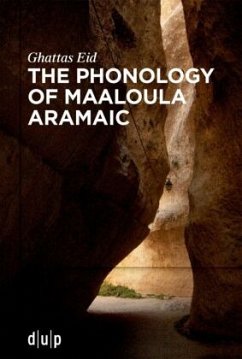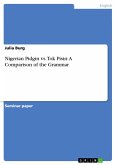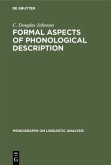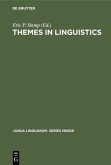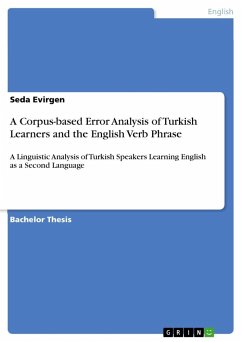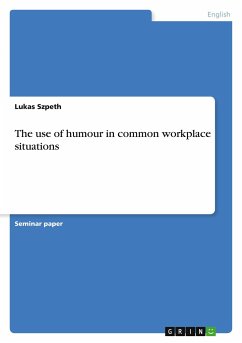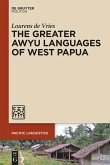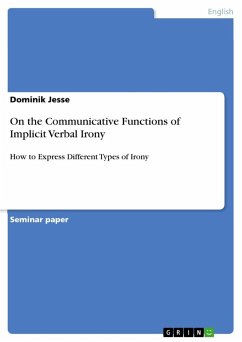The presented work gives a detailed account of the phonological and morpho-phonological processes in Maaloula Aramaic, an under-researched and endangered Neo-Aramaic variety. It provides solutions to previously unaddressed problems at the descriptive, methodological, and theoretical levels.
At the descriptive level, this work revisits the content and presentation of the generalizations made in previous accounts. At the methodological level, it addresses the absence of quantitative research from the previous literature by launching the Maaloula Aramaic Speech Corpus (MASC), the first electronic speech corpus of this variety, and by conducting corpus-based studies which investigate and validate the previous generalizations. At the theoretical level, this book presents and discusses the quantitative results from the perspective of phonological theory. It formalizes synchronic phonological rules, shows how different phonological rules interact with each other, and makes cross-linguistic comparisons.
The analyses and results are presented in a way accessible to linguists who may or may not be familiar with Semitic languages. Some of the discussions are relevant to controversial issues in phonological theory.
At the descriptive level, this work revisits the content and presentation of the generalizations made in previous accounts. At the methodological level, it addresses the absence of quantitative research from the previous literature by launching the Maaloula Aramaic Speech Corpus (MASC), the first electronic speech corpus of this variety, and by conducting corpus-based studies which investigate and validate the previous generalizations. At the theoretical level, this book presents and discusses the quantitative results from the perspective of phonological theory. It formalizes synchronic phonological rules, shows how different phonological rules interact with each other, and makes cross-linguistic comparisons.
The analyses and results are presented in a way accessible to linguists who may or may not be familiar with Semitic languages. Some of the discussions are relevant to controversial issues in phonological theory.

